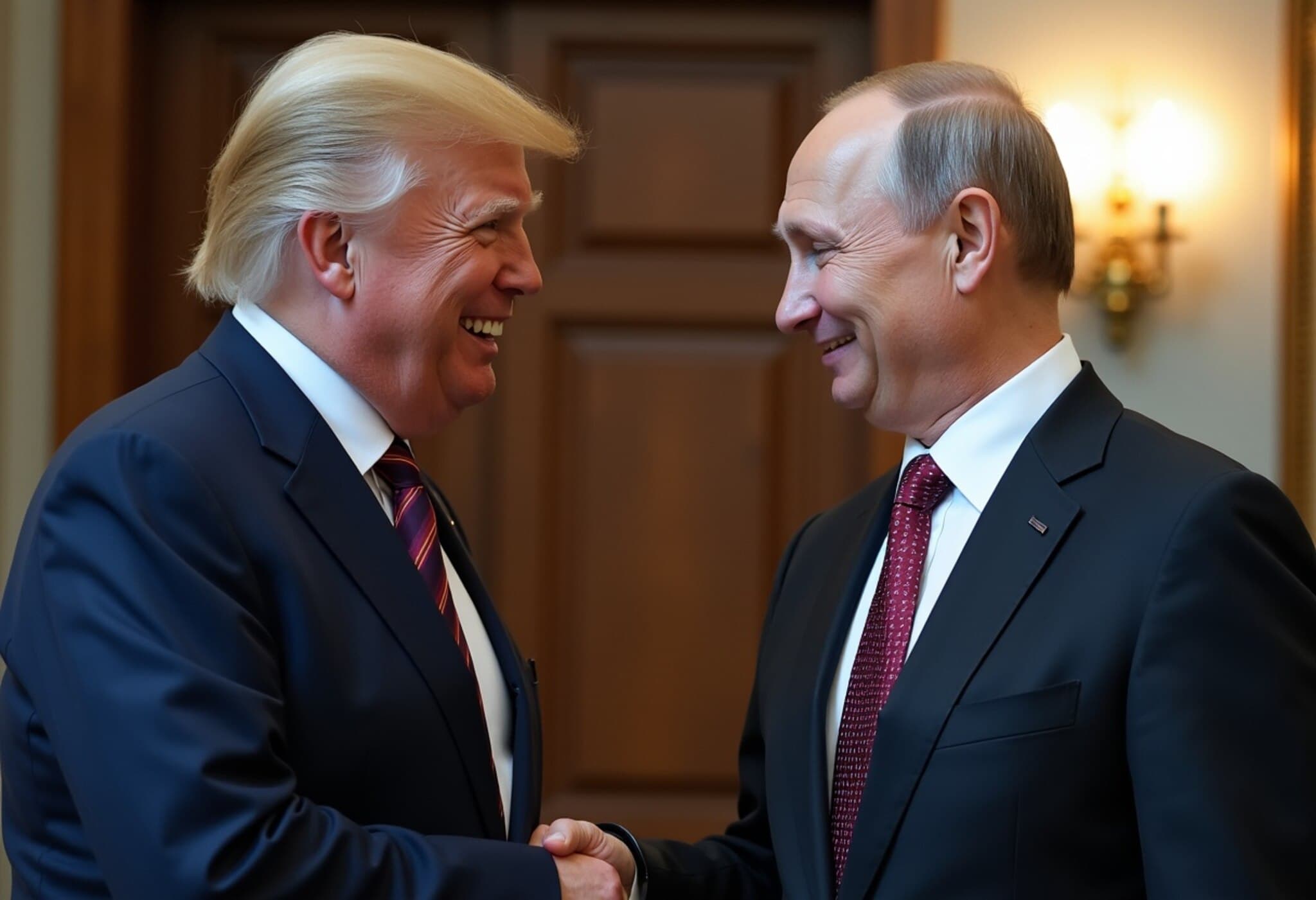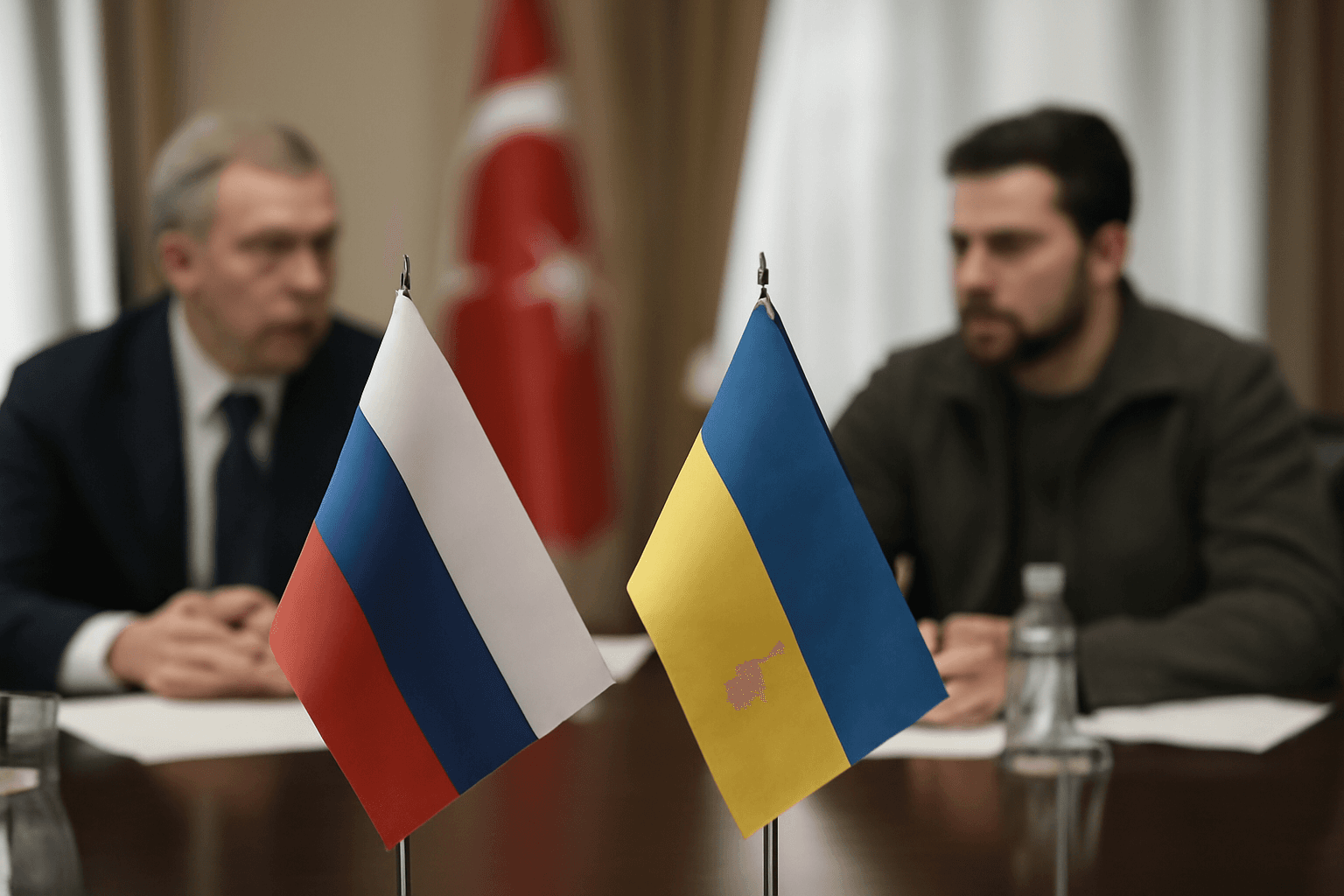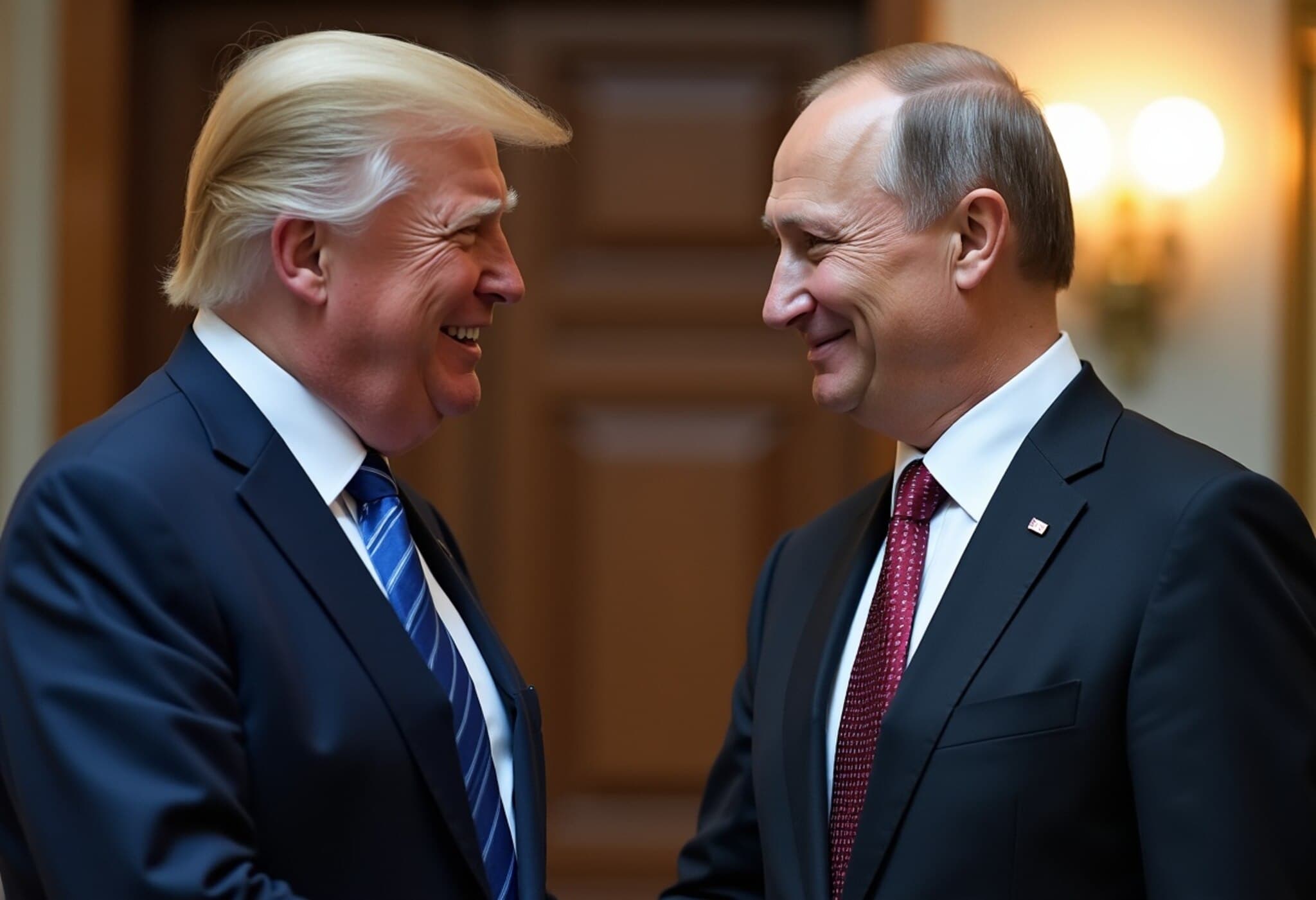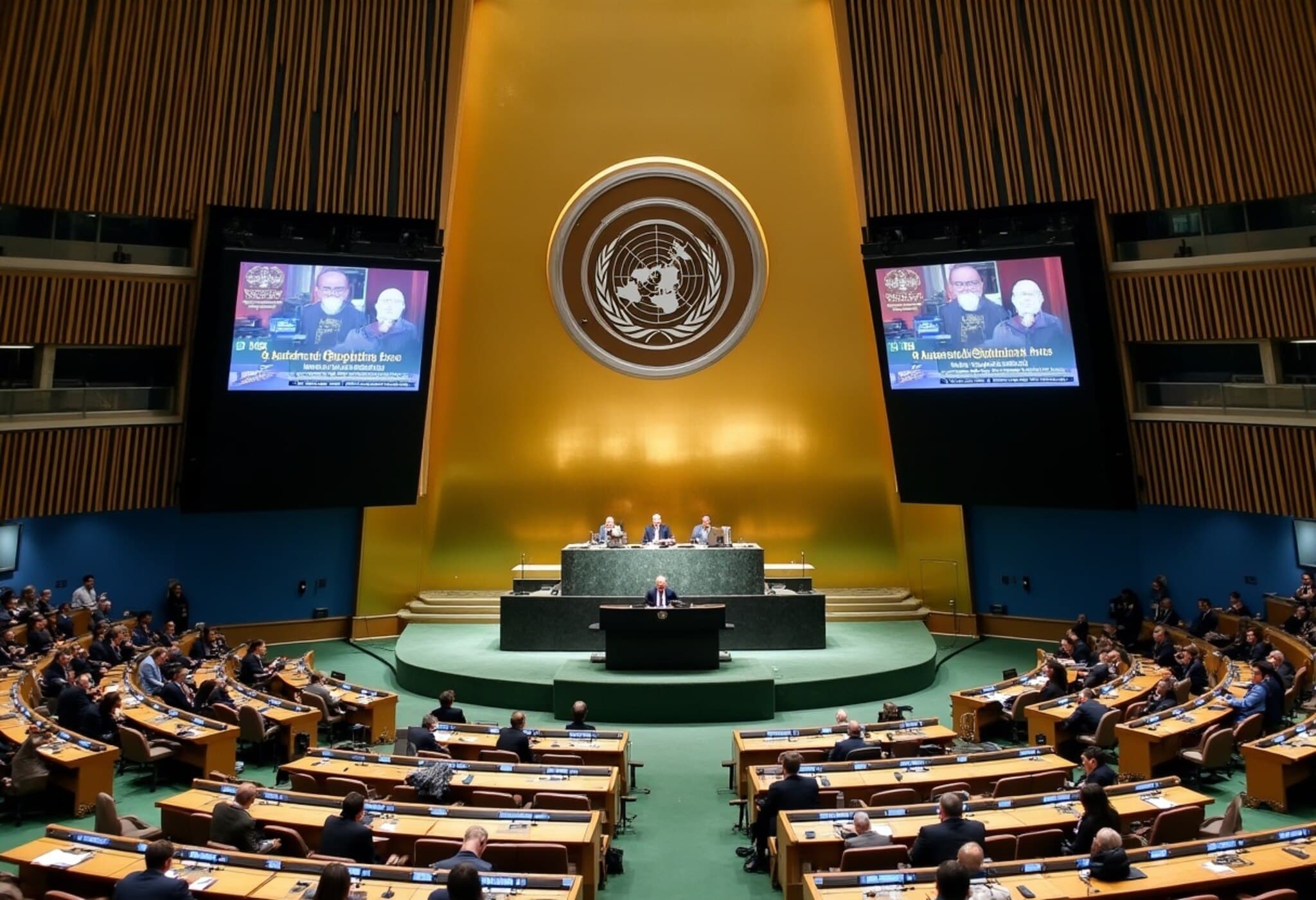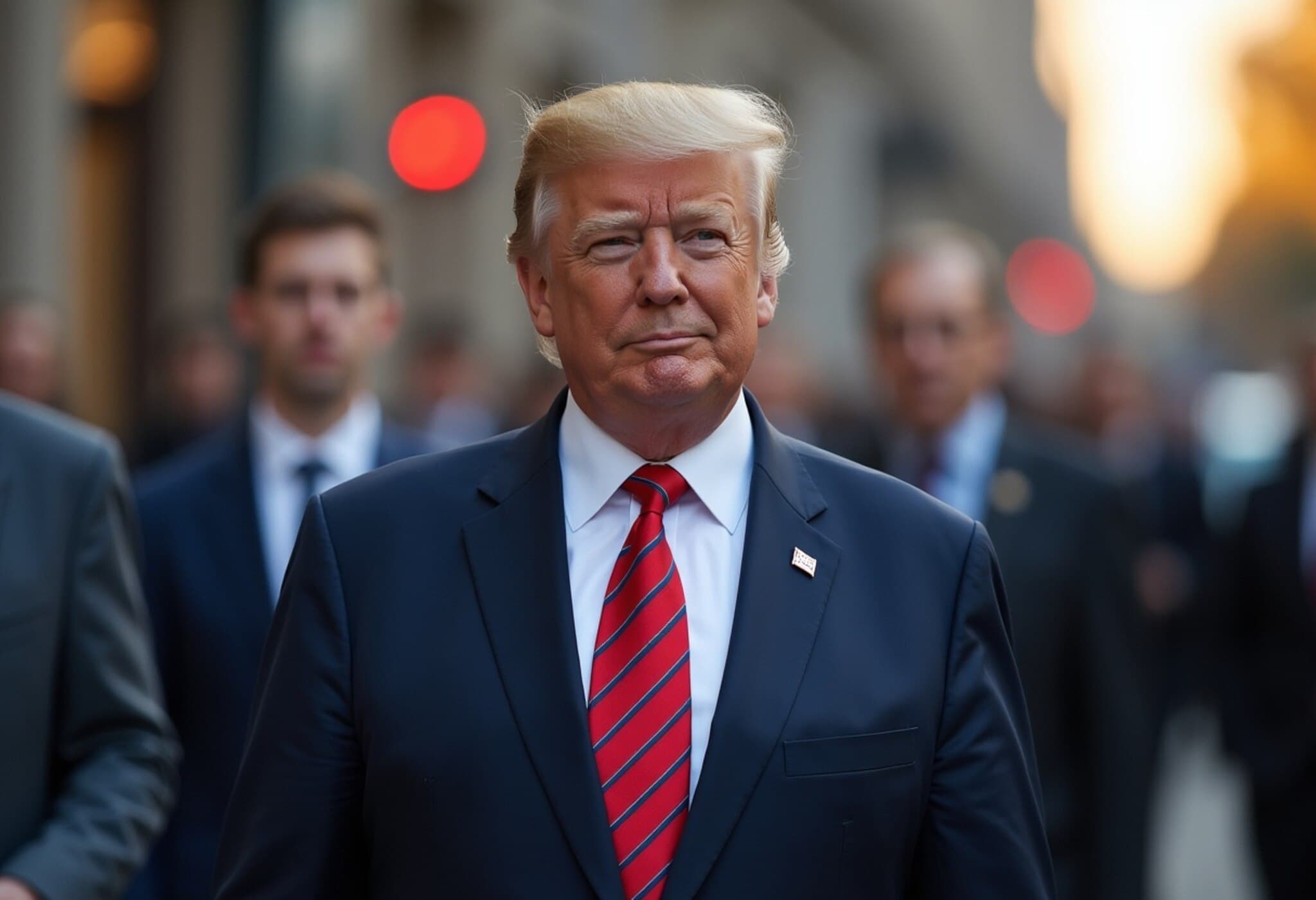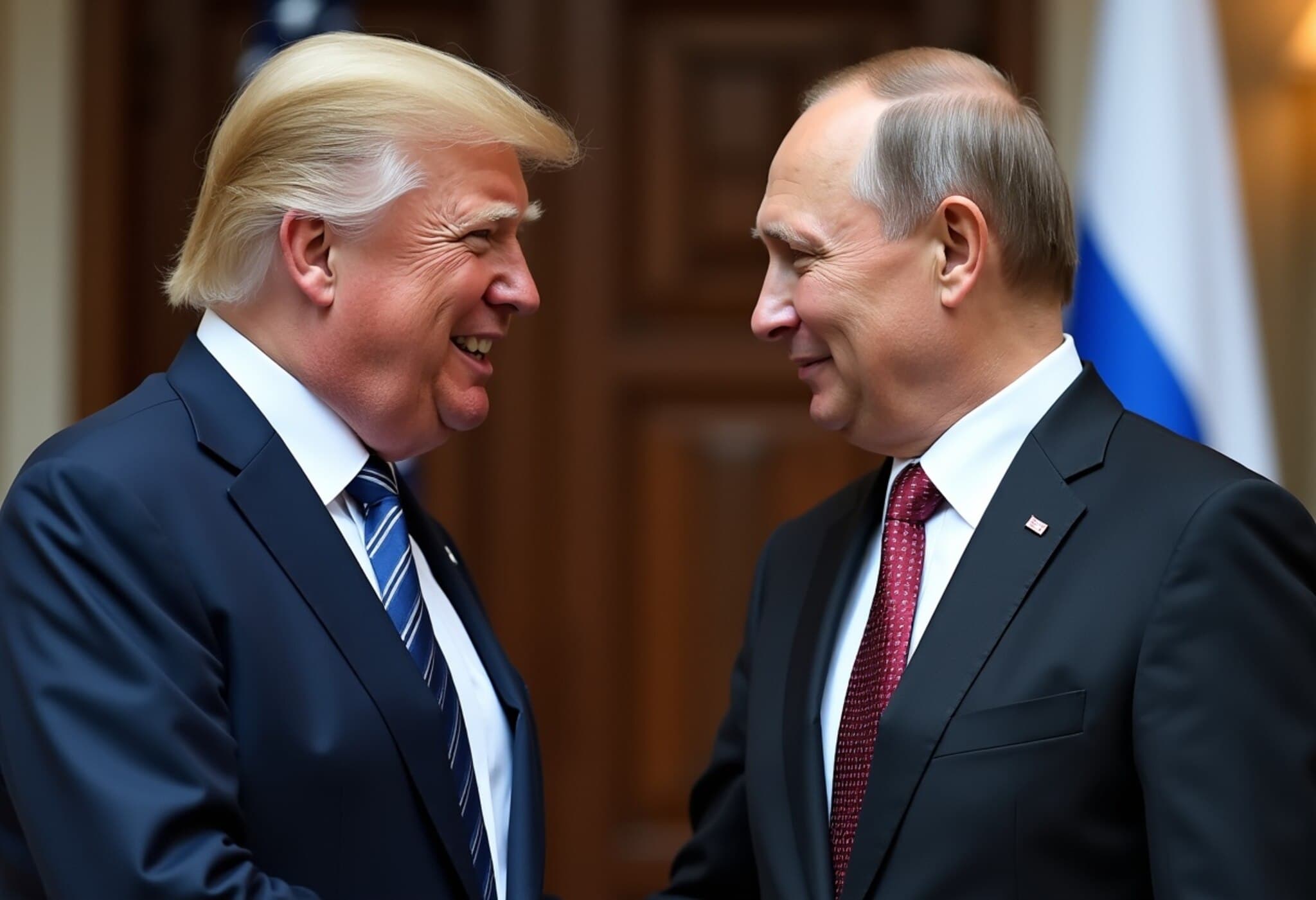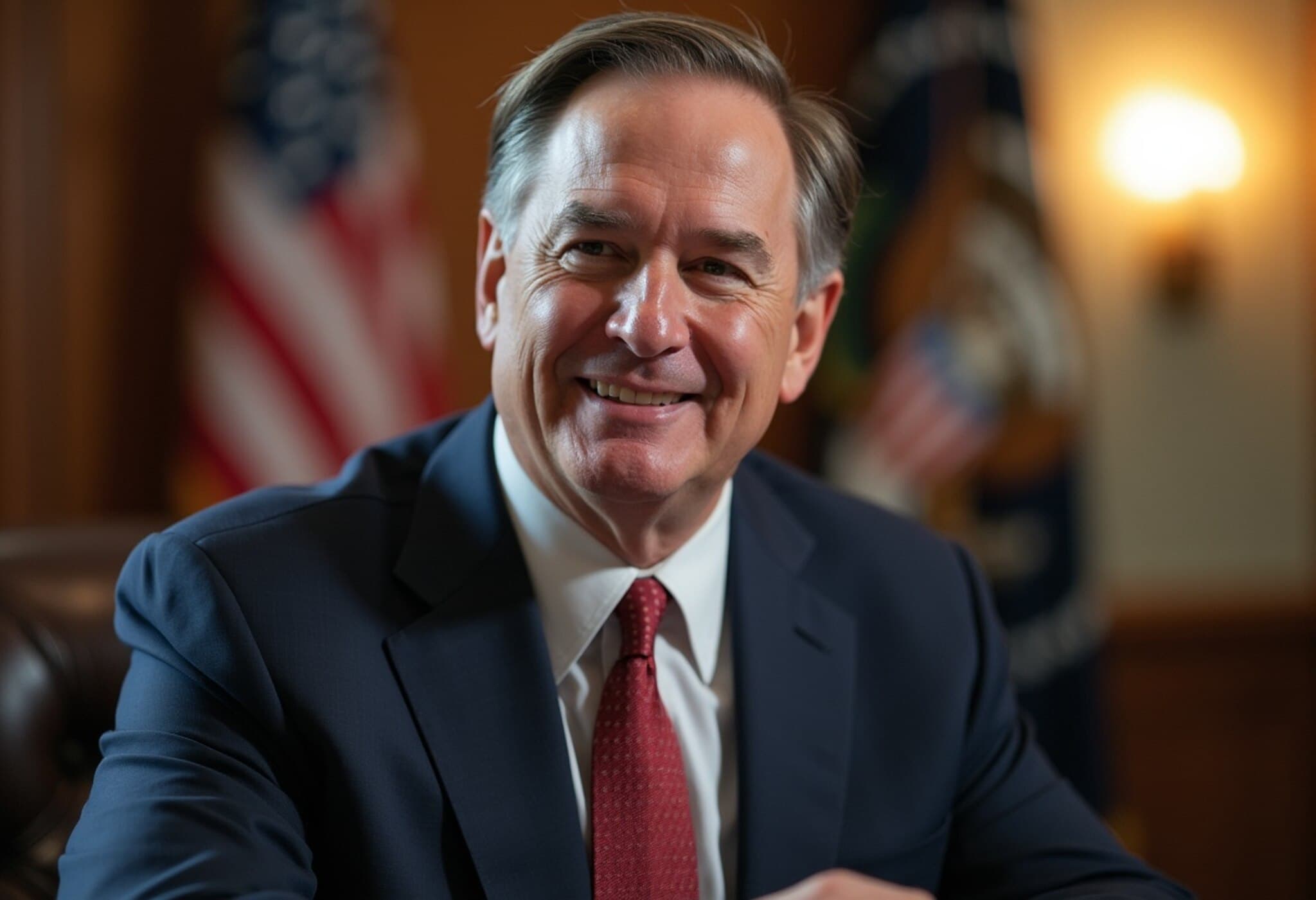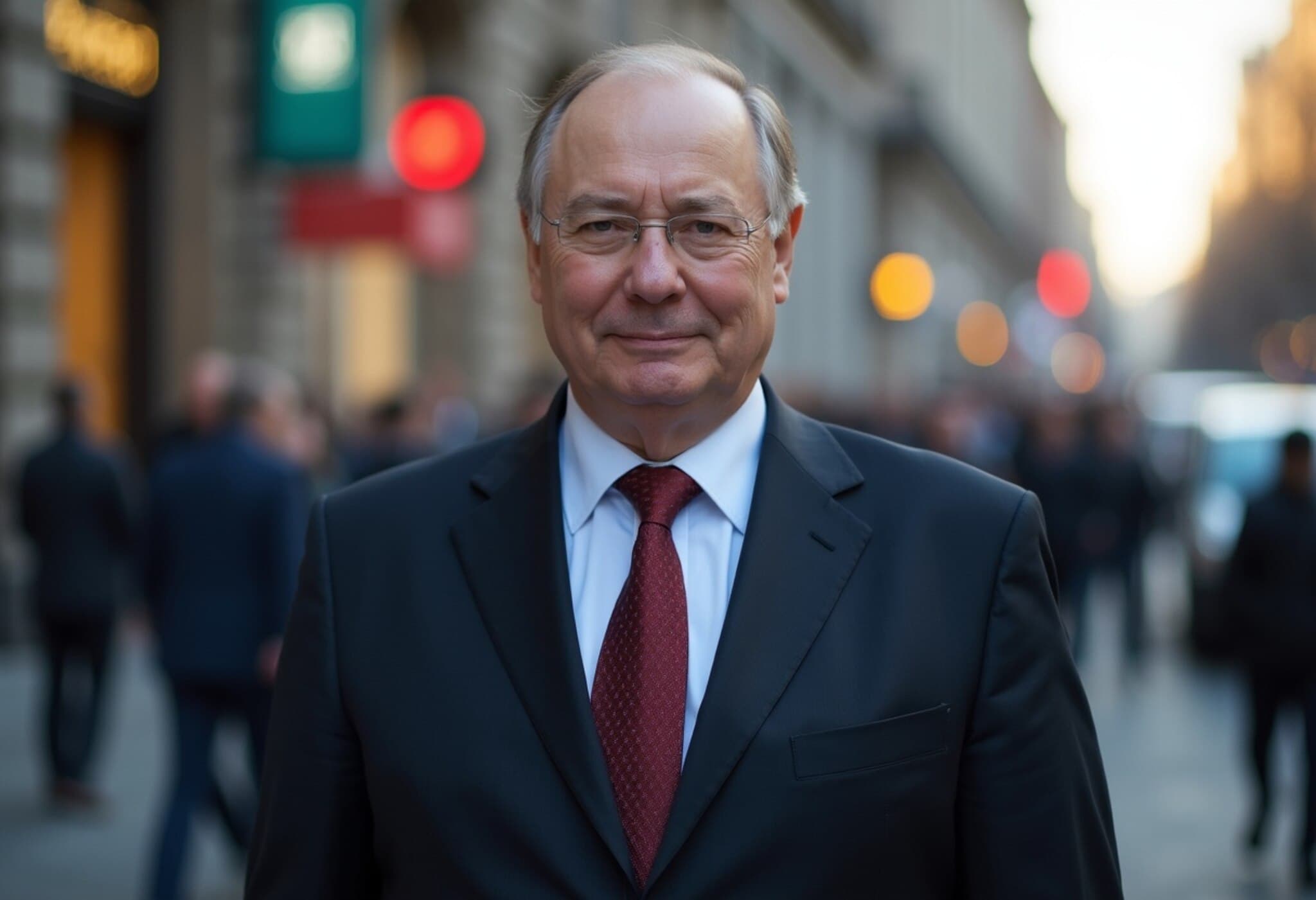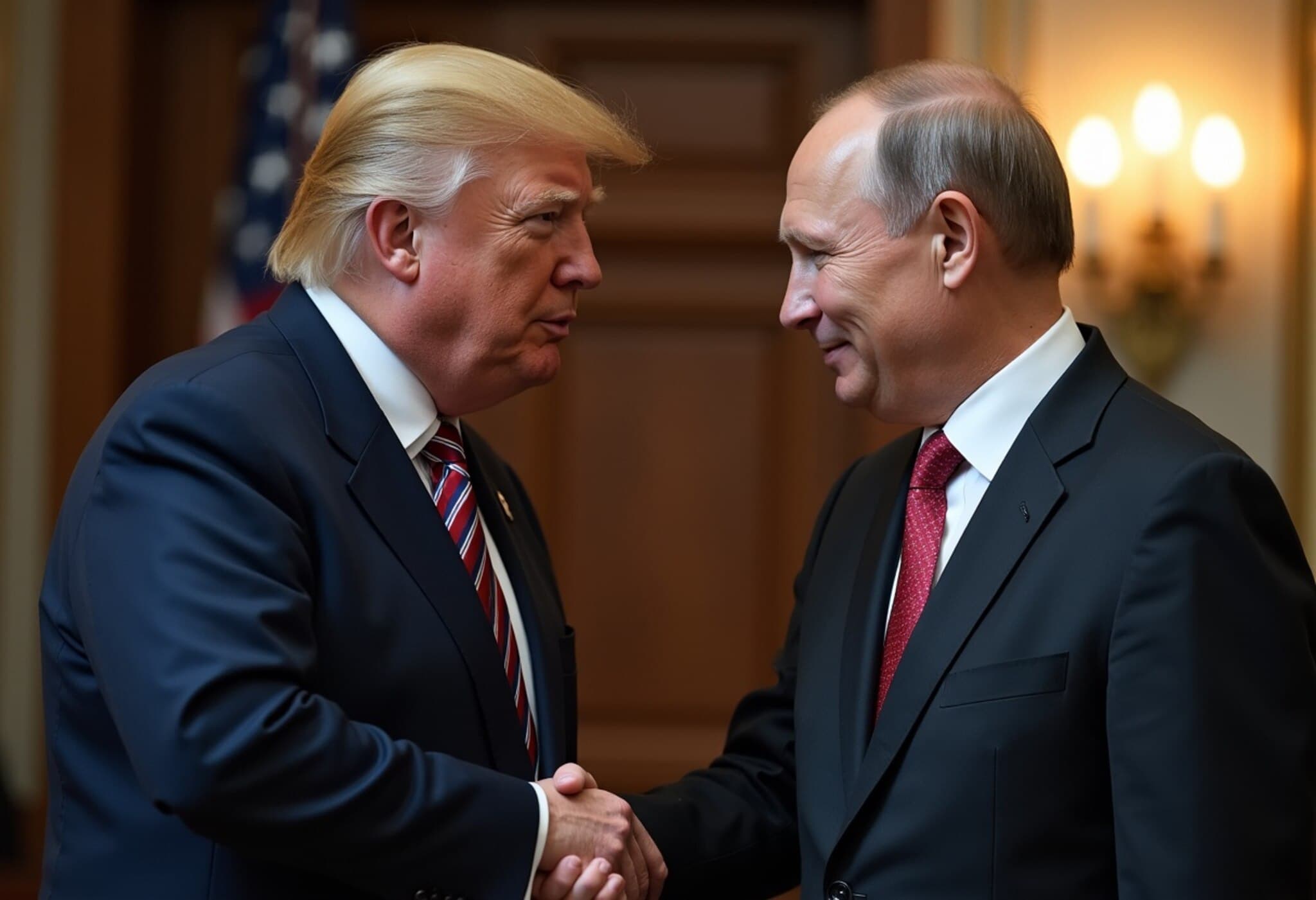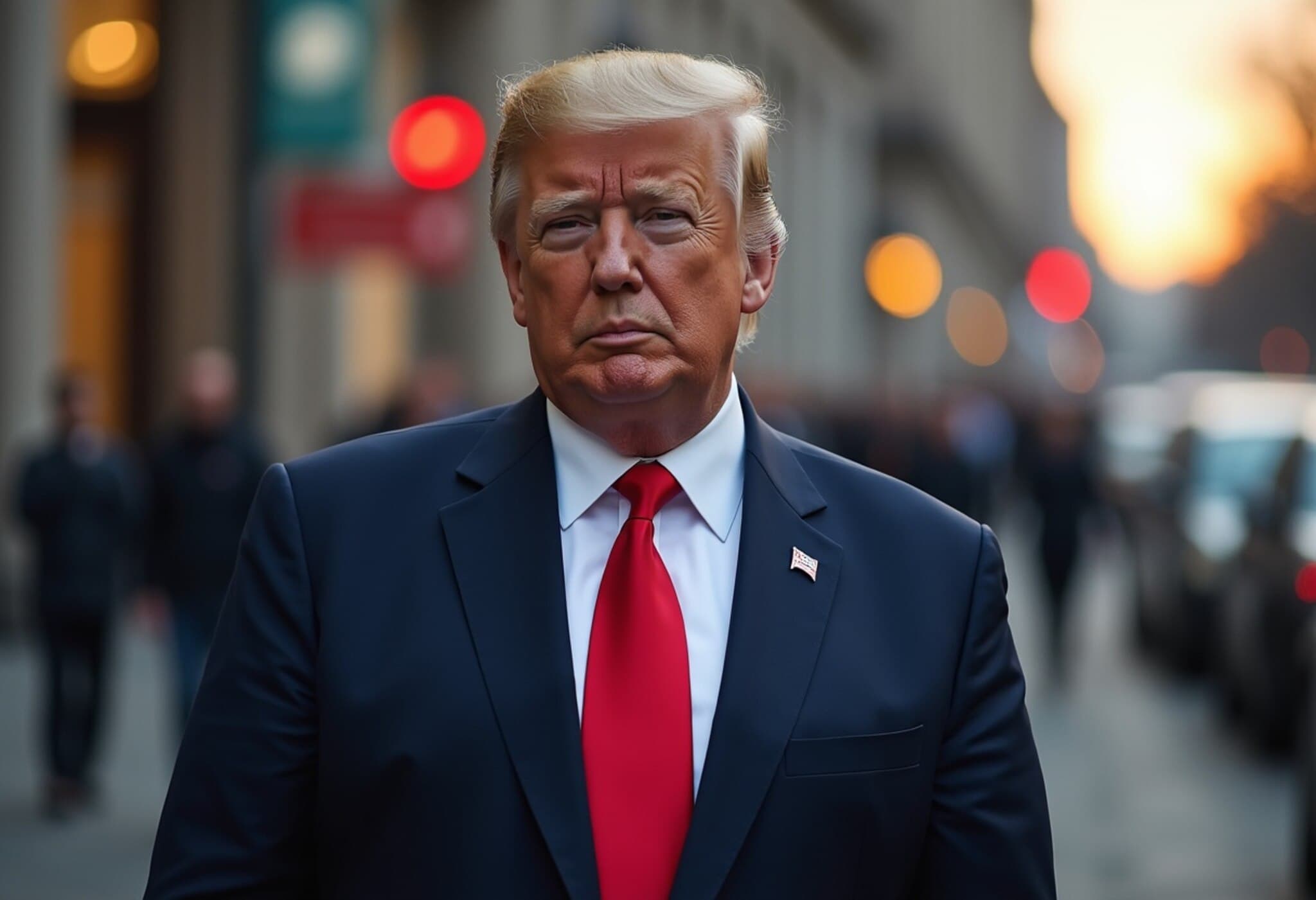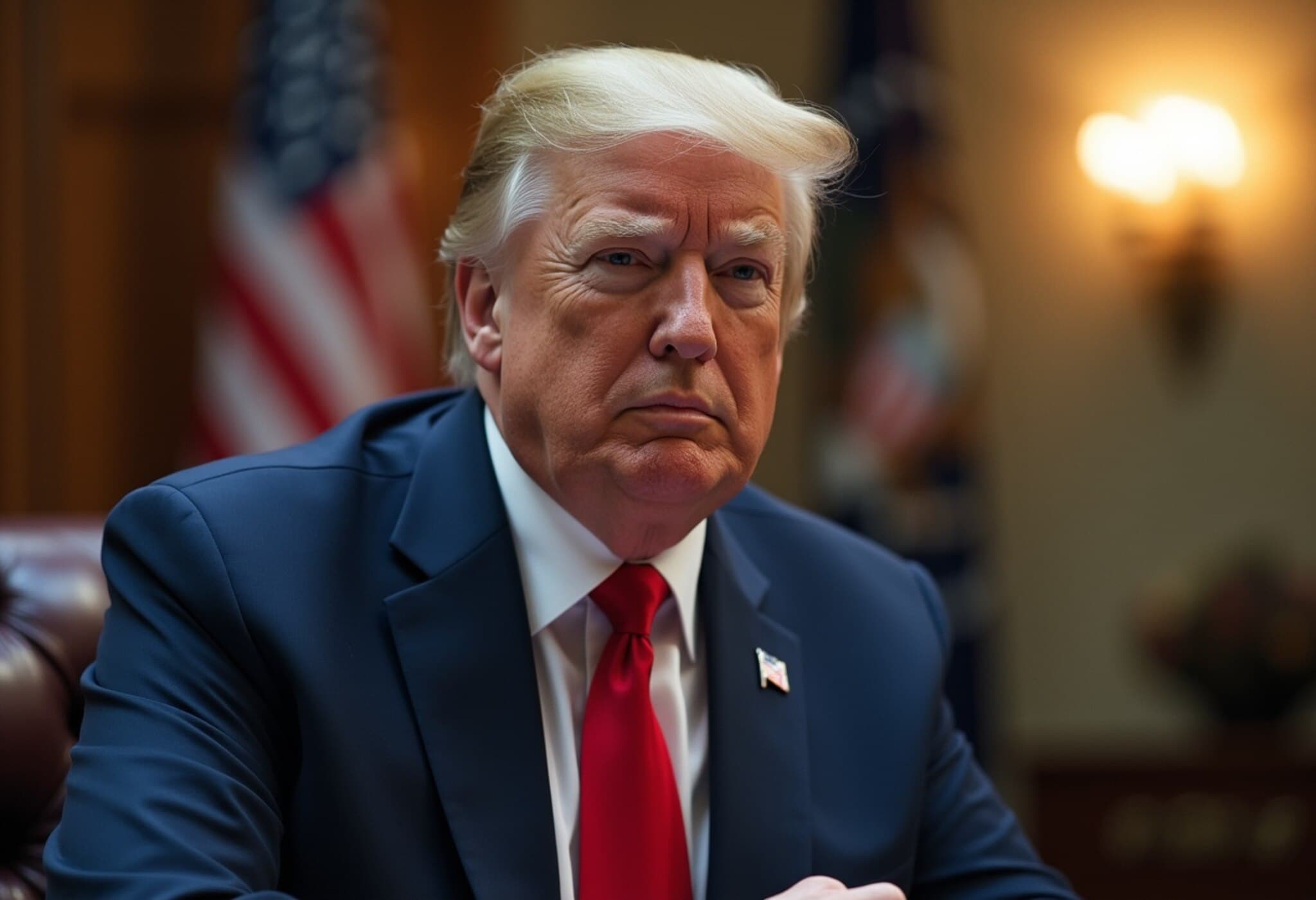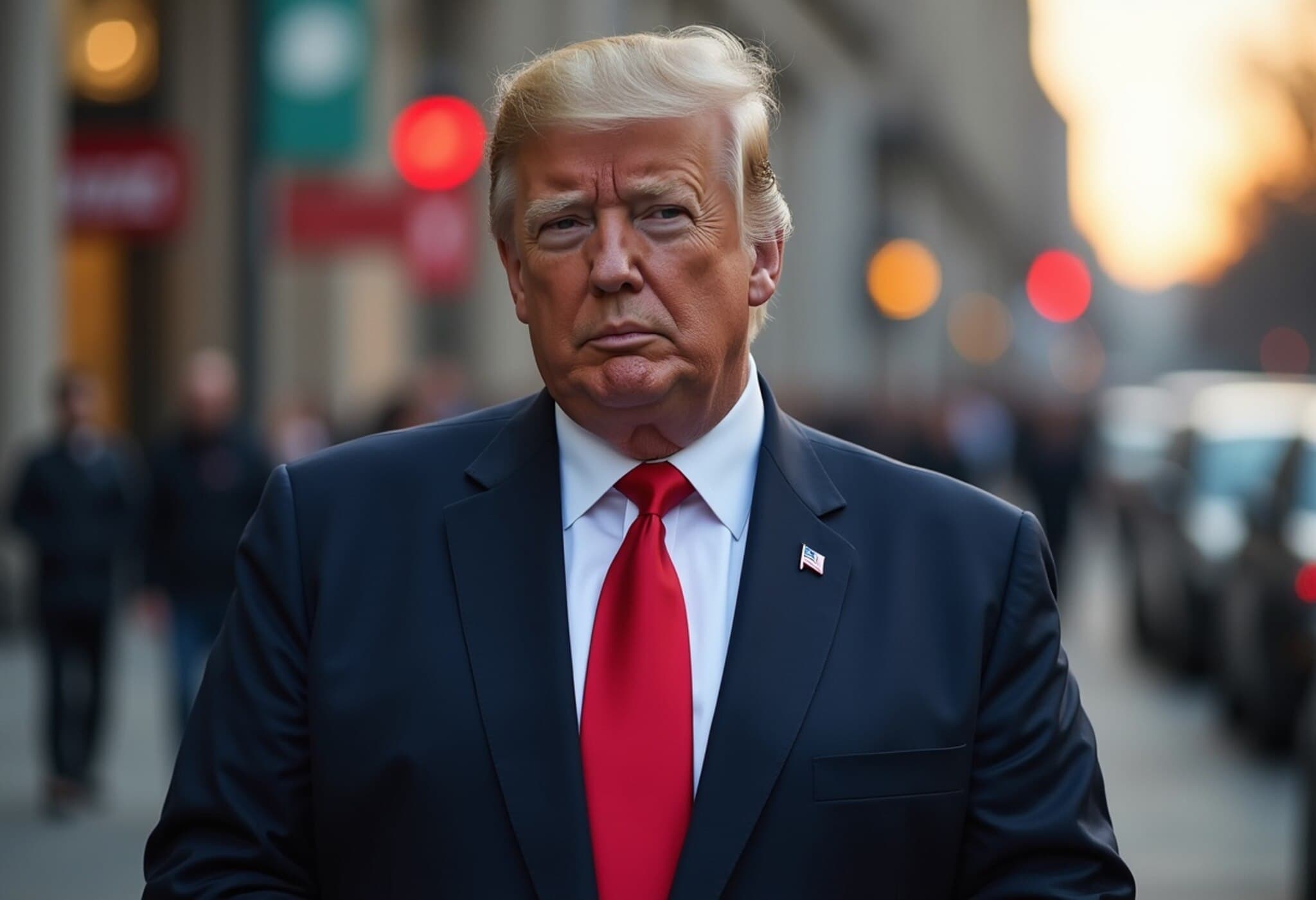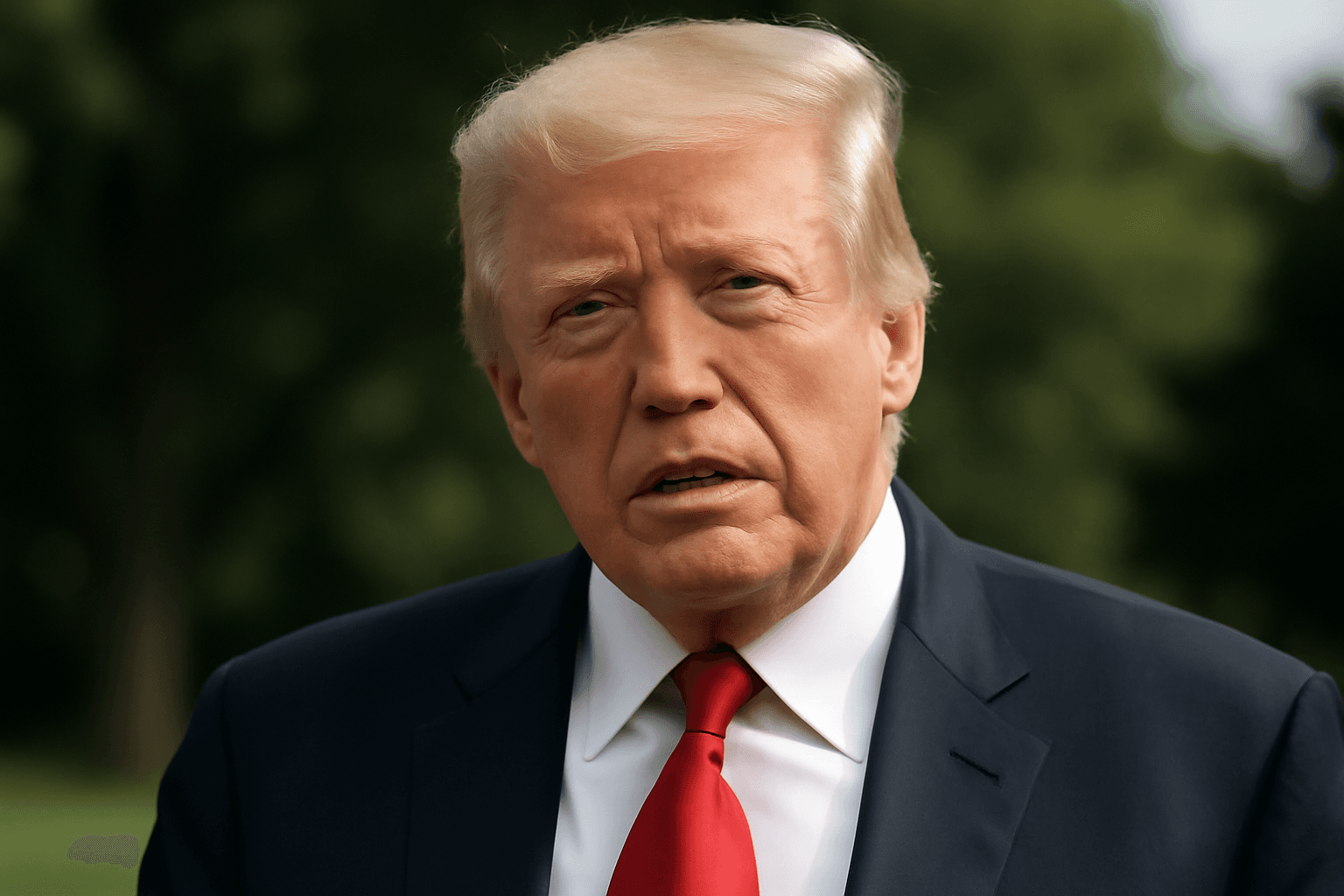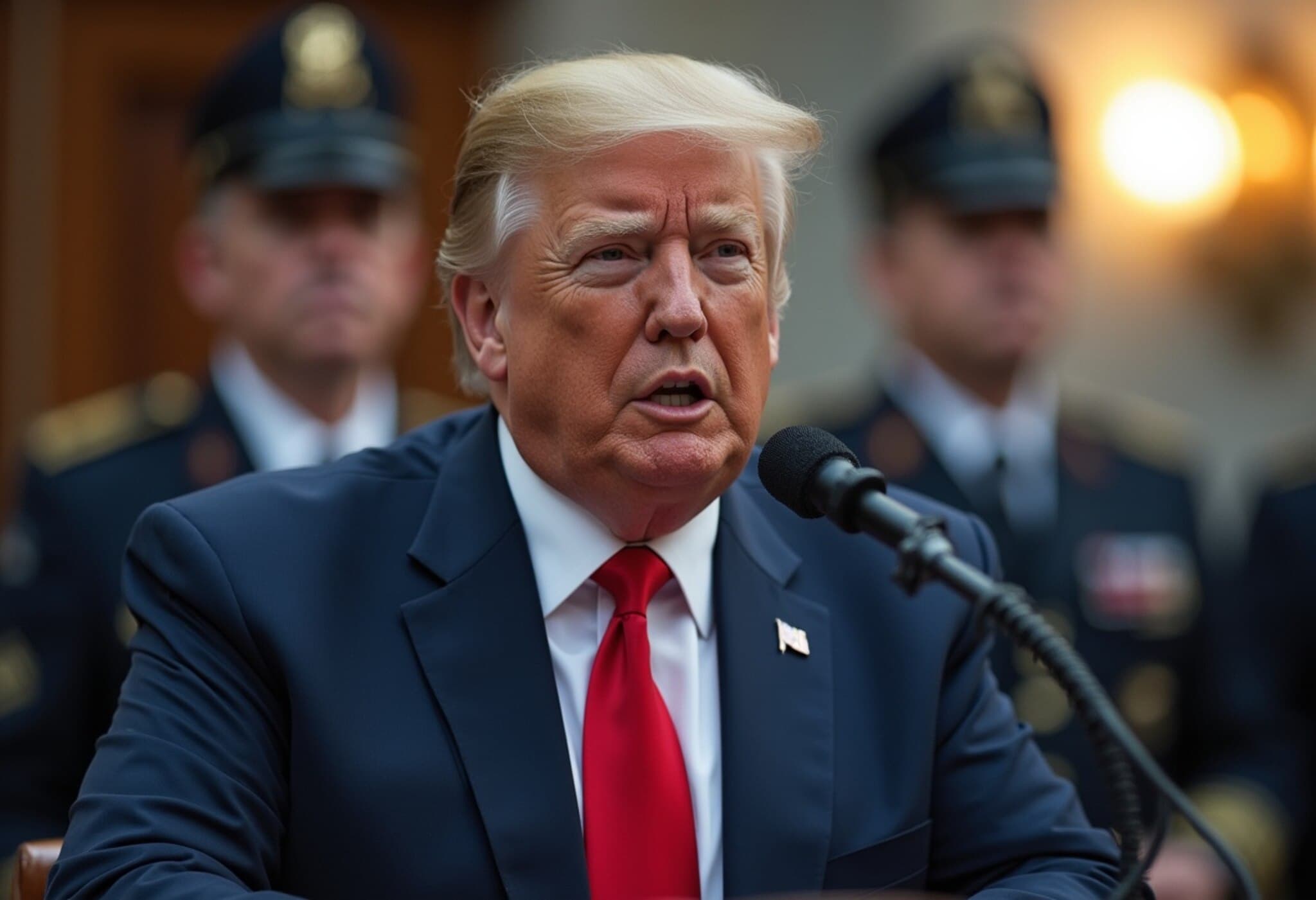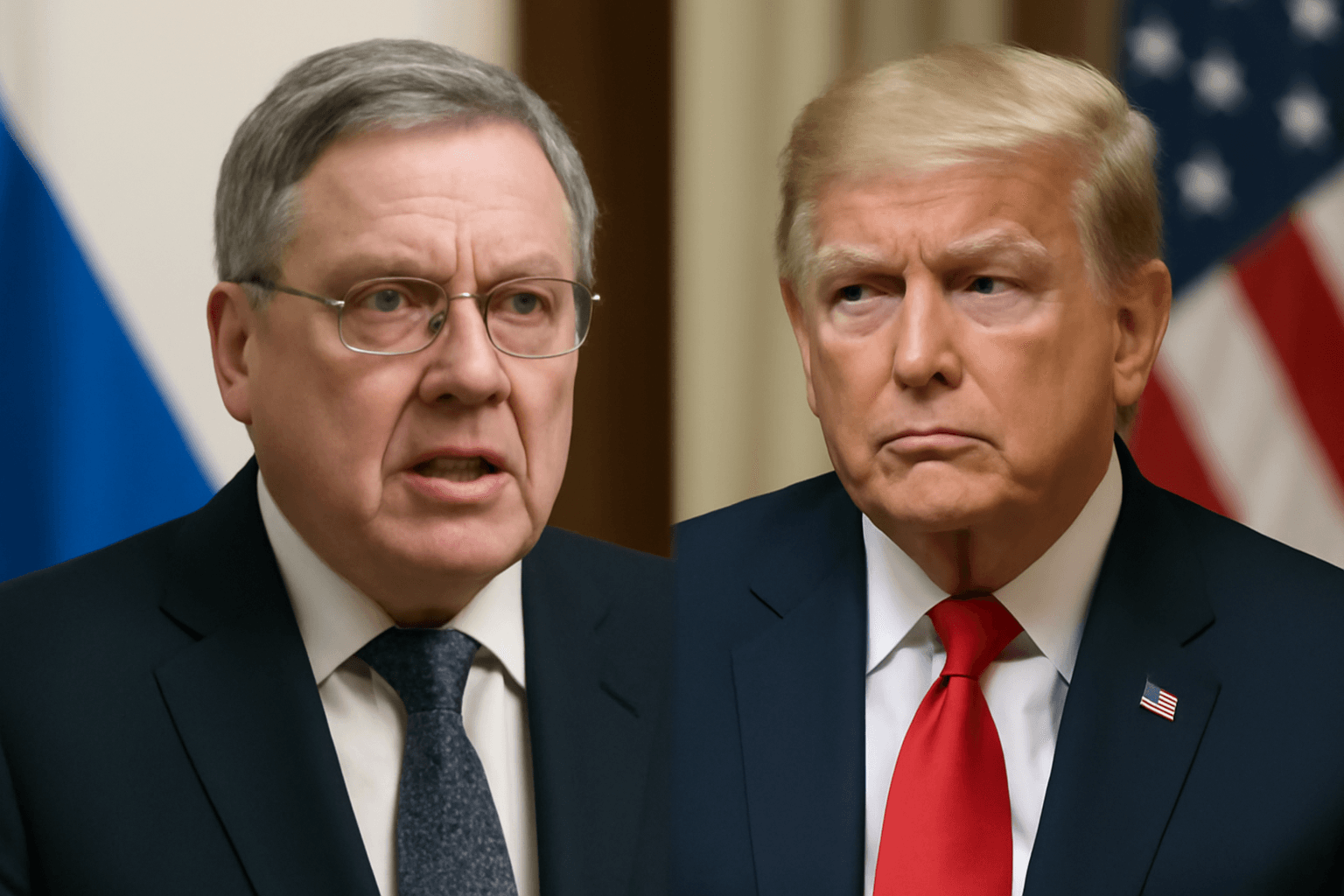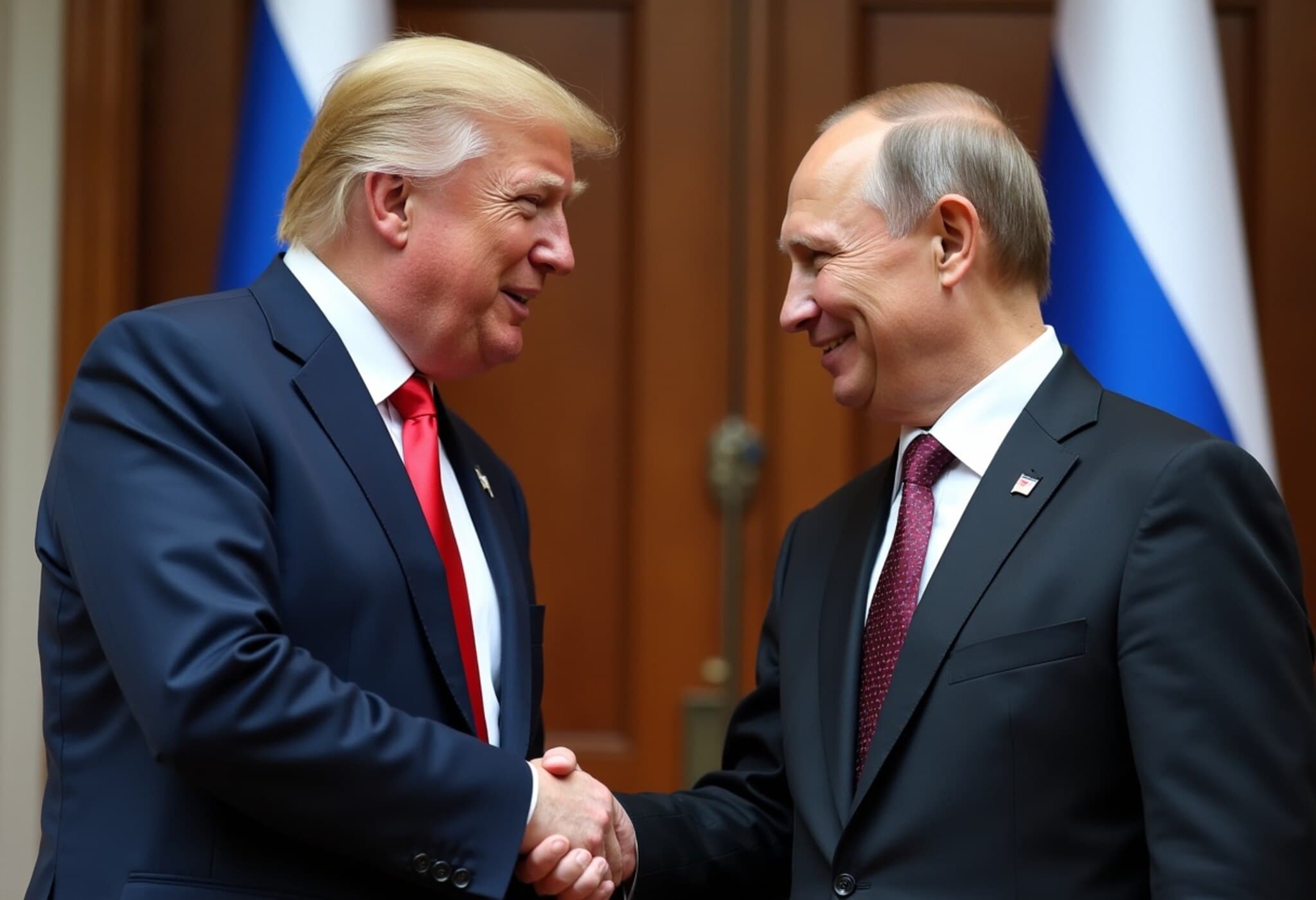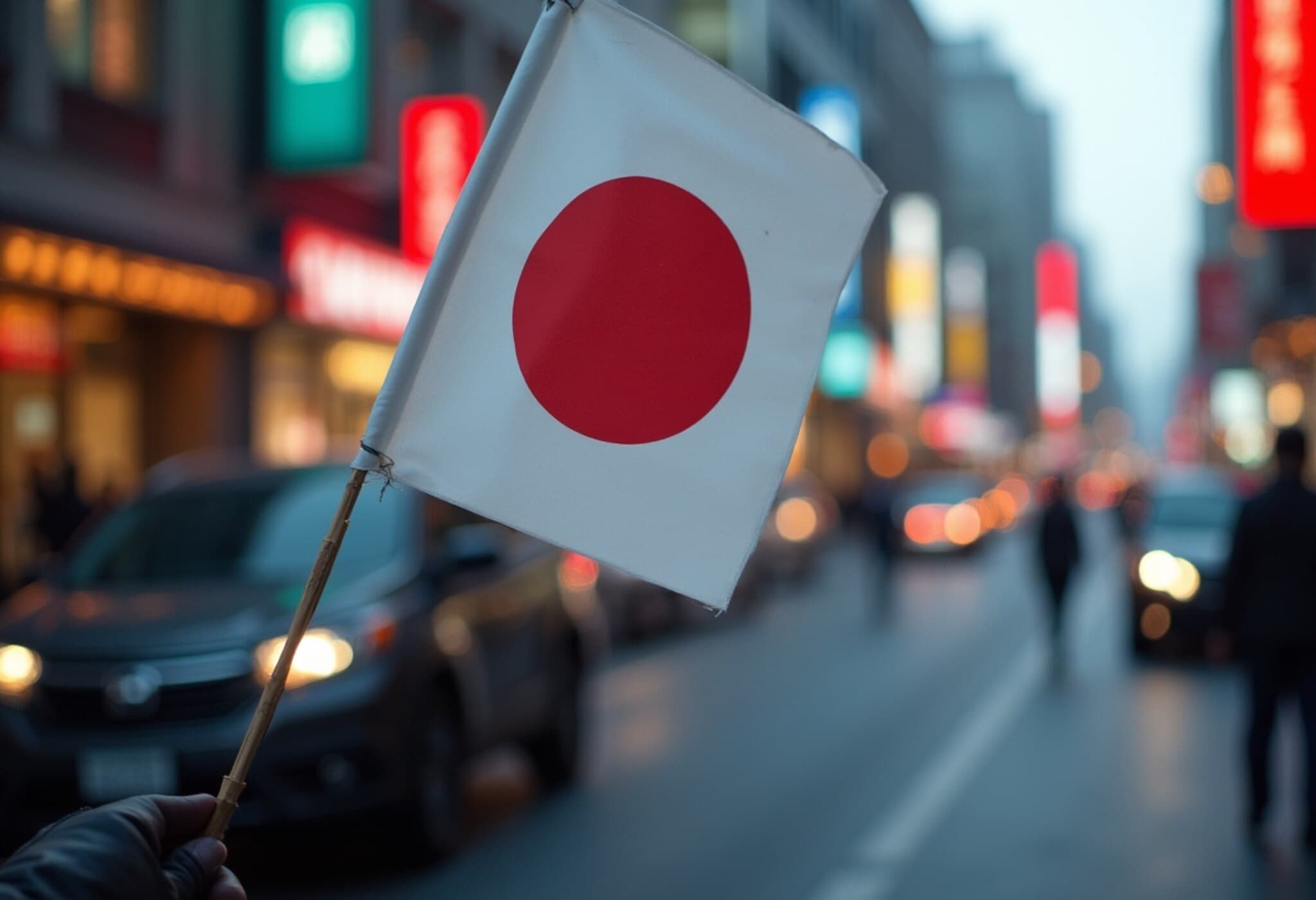Trump Sets the Stage: Putin ‘Won’t Mess Around’ Before Alaska Summit
In the lead-up to a high-stakes summit in Alaska, former US President Donald Trump confidently declared that Russian President Vladimir Putin won’t dare “mess around” with him. This meeting, set for Friday at a US military base, aims to open pathways to a potential ceasefire in the ongoing conflict between Russia and Ukraine — a war that continues to reshape international diplomacy and global security dynamics.
Negotiating Peace: Trump’s Vision and Warnings
During a recent White House press conference, Trump candidly shared his perspective on Putin’s intentions, emphasizing a belief that the Russian leader desires full control over Ukraine’s territories. However, Trump maintained that under his presidency, such a takeover would be impossible.
“I think President Putin would like to see a deal,” Trump remarked. “If I weren't President, he would take over all of Ukraine. It's a war that never should have happened.”
Trump’s rhetoric reflects a mix of assertiveness and critique — positioning himself as a bulwark against further Russian expansion, while simultaneously underscoring the complexity of the conflict that erupted in 2022.
Expanding the Dialogue: A Second Meeting Proposal
Looking beyond the immediate bilateral talks, Trump proposed involving European leaders and Ukrainian President Volodymyr Zelenskyy in a follow-up meeting. According to Trump’s comments on Fox News Radio, the prime objective of the Friday talks is to facilitate direct peace negotiations between Putin and Zelenskyy. He mentioned having three potential venues “in mind” for such a high-level dialogue.
This proposed multilateral approach acknowledges the broader geopolitical stakes, recognizing that sustainable peace likely requires engagement from influential European capitals alongside Moscow and Kyiv.
Summit Format and International Reactions
The Alaska summit, as outlined by White House Press Secretary Karoline Leavitt, will include a private one-on-one meeting, followed by a bilateral lunch with delegations, and conclude with a joint press conference. These stages emphasize transparency and the importance of clear communication to both domestic and international audiences.
In a parallel development, Putin recently praised Trump’s efforts as “sincere” and “energetic” toward ending hostilities — a rare gesture signaling potential openness toward negotiations. This contrasts with other recent diplomatic moments, such as UK Prime Minister Keir Starmer warmly welcoming Zelenskyy to Downing Street, underscoring the intricate dance of international support in this fraught conflict.
Expert Analysis: What’s at Stake?
- U.S. Leadership and Credibility: Trump’s assertion highlights questions about the U.S. role in shaping the conflict’s outcome. Can renewed direct engagement between Trump and Putin revitalize peace efforts amid entrenched tensions?
- Geopolitical Balancing: The inclusion of European leaders and Zelenskyy could recalibrate power dynamics, reflecting Europe's vested interest and the necessity of multilateral mediation.
- Peace Prospects vs. Realpolitik: While optimism is expressed, experts caution that underlying strategic interests, territorial disputes, and national identities complicate swift resolutions.
Looking Ahead: The Alaska Summit’s Role in the Ukraine Conflict
This meeting marks the first direct encounter between Trump and Putin since 2018, carrying symbolic and practical weight. Its success—or failure—might redefine diplomatic channels in Eastern Europe and influence U.S.-Russia relations moving forward.
Critics might voice skepticism given the complex history between these leaders and the volatile context. However, the very willingness to engage signals that all parties recognize the urgent need to seek pathways out of conflict.
Editor’s Note
The Alaska summit offers a pivotal moment in the ongoing Ukraine crisis, where rhetoric meets realpolitik. Trump's firm stance combined with his proposal to broaden talks highlights an often-overlooked dynamic: peace processes require not just negotiation but credible threats and inclusive dialogue. As global eyes turn toward Alaska, it remains to be seen whether this meeting can spark genuine progress or will simply underscore the chasms dividing East and West. Readers are invited to consider—how might renewed U.S.-Russia engagement reshape broader international security frameworks, and what role should America play in fostering lasting peace?

